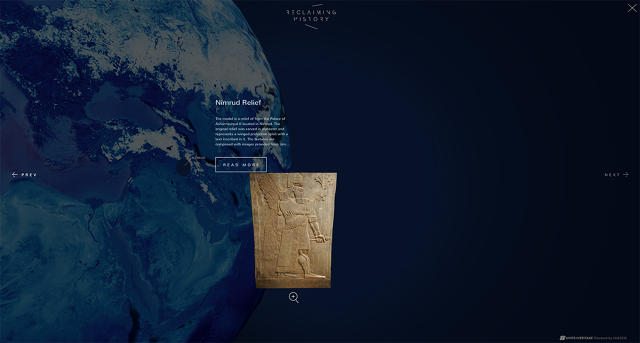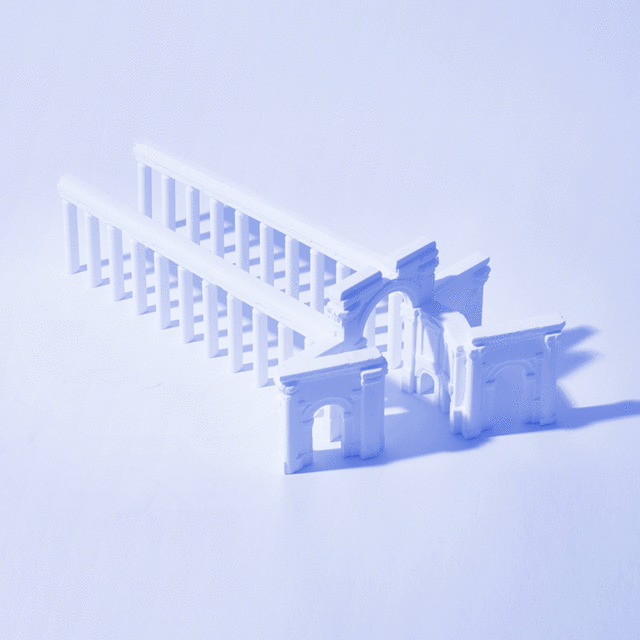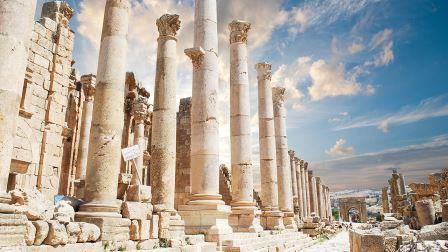How UNESCO Is Crowdsourcing The Preservation Of World Heritage
In recent years, we’ve seen a shocking number of historic sites around the world—some dating back thousands and thousands of years—destroyed. Sometimes it’s vandalism—think the Temple of Baalshamin, which stood from 131 AD to 2015, until it was destroyed by ISIS after the Syrian Civil War. Sometimes it’s just bad luck, like the 5th-century Buddhist and Hindu temples destroyed in Nepal by last year’s earthquake. Other times, of course, the vandalism comes from developers, as when a Belize construction company in 2013.

Nothing can restore a temple that stood for thousands of years once it’s destroyed, but the website ReclaimHistory.org launched on April 29, and it’s powered by UNESCO’s #Unite4Heritage, Rekrei, and agency Ogilvy New York, to at least capture the heritage of these sites in a digital form.
The project was started by Chance Coughenour and Matthew Vincent, the European researchers who launched Project Mosul last year in response to ISIS propaganda videos of their members destroying artifacts in the Iraq city of Mosul. Renaming the project Rekrei, the goal is to go well beyond your average Wikipedia page or photo exhibit, in giving people the chance to interact with these lost sites and artifacts.
“ReclaimHistory.org provides users with a much more visually immersive experience, encouraging them to explore historical sites that have been lost around the world,” Vincent said in a statement. “In many cases, physical restorations are impossible due to the extent of the destruction, but through crowdsourcing the digital preservation of the memory of that heritage, not only does it provide a way for the public to engage with lost heritage, but also to have an active, tangible role in preserving it.”

Using photogrammetry, the goal of the project is to create virtual versions of the artifacts—which could be interacted with in VR space, or through 3-D printing. At the site, people can learn more about the monuments and artifacts, as well as contribute their own knowledge and expertise to help re-create more of them. Much of the technology that ReclaimHistory.org can use to be fully immersive is still in its infancy—there’s no question that virtual reality five years from now will look very different from today’s 360-degree videos, and the future of 3-D printing is similarly bright. So while the project is active today and aims to grow steadily, like all archaeology, it’s not just about the past, or the present—but also very much about the future.
That’s something that, for her part, Ogilvy New York chief creative officer Corinna Falusi understands. “This project is very personal to me,” said Falusi, in a statement. “If we can use the power of technology to preserve and safeguard these cultural monuments lost over time through conflict and natural disasters, preserving them in one central site, it will hopefully be a gift for generations to come.”
Fast Company , Read Full Story
(49)




